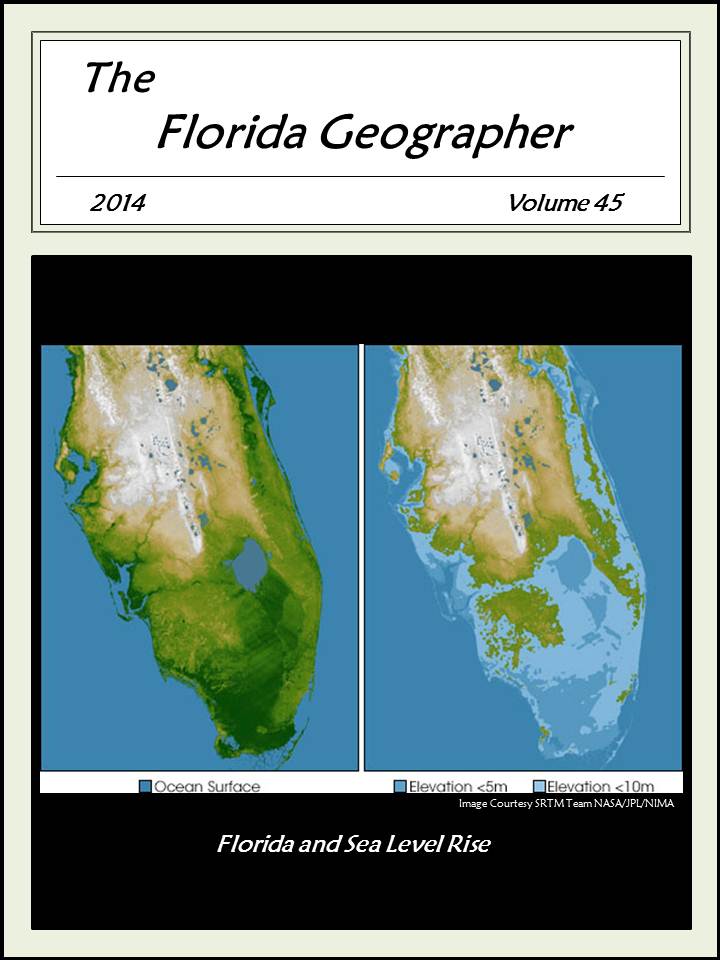Residential Development and Habitat Fragmentation Effects on Gopher Tortoise (Gophorus polyphemus) Population Densities
Abstract
Gopher Tortoises (Gophorus polyphemus) rely on the same upland ecosystems as humans, which leads to competition for resources. Habitat loss and associated reduction of forage area is a principal concern for tortoise conservation. Using tortoise populations in Volusia County, Florida, we examined the impacts of habitat fragmentation and reductions in land permeability on burrow densities. Existing research on minimum fragment size is inconsistent, however findings suggest that disruption in landscape continuity negatively affects tortoise population viability. Our study area consisted of seventeen individual and variously sized fragments throughout Volusia County: eleven occupying private residential neighborhoods, and six occupying publicly owned lands. Burrow densities were found to positively correlate with increased land impermeability, suggesting that conservation efforts should not only consider tortoise numbers but also the usable land area available to them.

